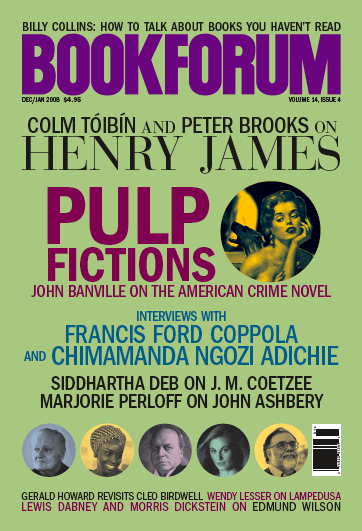
Gram Parsons was just twenty-six years old when he died. In his lifetime, he released exactly one album under his own name, and as a member of various bands—none for long—he contributed to only a handful of recordings; the highest any of those albums reached on the charts was a sorry no. 77. Yet more than three decades after his death from a heroin overdose in Joshua Tree, California, there are as many biographies of Parsons as there are albums that include his voice. The latest addition is David Meyer’s Twenty Thousand Roads, the most thorough exploration yet of the singer’s messy, tragic life.
Why so much attention to an artist with such a limited body of work? Because Parsons’s glorious vision of “cosmic American music”—which embraced country, rock, gospel, folk, and soul—had a massive impact on popular music. He altered the direction of such giants as the Byrds (he was briefly a member) and the Rolling Stones; the Eagles borrowed heavily from him and went on to release the biggest-selling album of all time. His legacy survives in the current Americana movement, in the music of Wilco, Lucinda Williams, and Steve Earle.
Though exhaustive, Twenty Thousand Roads is also occasionally exhausting, in all the ways you might expect from a book that opens with the premise “It can be argued that Parsons exerted greater influence on our national musical taste than any other single musician.” This is a patently absurd claim, even to a fan, but it inspired some impressive research, especially in Meyer’s writing on Parsons’s family—a disturbing, Faulknerian southern citrus dynasty gone mad, full of alcoholism, tangled infidelities, and suicide. Largely left to fend for himself with a trust fund and a voracious appetite for self-destruction, Parsons summoned focus for one thing: total immersion in American music.
As Meyer chronicles by way of dozens of voices over hundreds of interviews, Parsons was both ruthlessly ambitious and a hopeless screwup, determined to be a star but unwilling to work beyond the potential of his first drafts. Wending his way from Florida to California in the mid-’60s, he somehow landed a spot in the Byrds. Parsons, in a power struggle with head Byrd Roger McGuinn, introduced traditional country to the 1968 album Sweetheart of the Rodeo; most of his vocals, however, were erased from the record, which was a commercial disaster.
Parsons then ingratiated himself with the Rolling Stones, living with the band in the south of France during the recording of the monumental Exile on Main Street (1972). Though the book overstates Parsons’s stamp on the British group, his close alliance with Keith Richards clearly influenced the band’s sound and aesthetic. Yet by this time, Parsons’s drug habit had become so overwhelming that even the Stones didn’t want him around. (As Meyer points out, “it hardly needs saying that if Keith Richards is running your intervention, you’re in trouble.”) After that, he joined forces with the then-unknown Emmylou Harris. (Meyer concludes that, despite endless speculation, they were never lovers.) Her angelic harmonies placed Parson’s songs in the old-school country tradition he revered. The pair collaborated on his 1973 solo album, GP, and the posthumously released Grievous Angelthe two projects on which he found his definitive voice, just in time to die in a cheap hotel room.
One of Parsons’s early bandmates describes joining the singer onstage toward the end of his life. Parsons didn’t recognize him: “He had coke up his nose and booze down his throat and his head up his ass.” It’s a sadly appropriate epitaph for a musical visionary and not very lovable loser.
